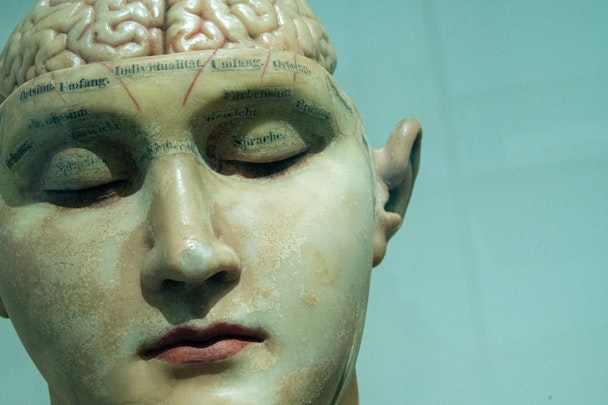Neuroscience and the post pandemic brain: how to maximise marketing results
Neuroscience in marketing is nothing new; however, in the post-pandemic world, it could more even more valuable in understanding the rapidly changing consumer. The Drum spoke to Professor Arvind Sahay, professor of marketing at The Indian Institute of Management and the chairperson of the NSE Centre of Behavioural Science, to learn more about unravelling the links between the human brain and better marketing outcomes.

Deploying brain signals for better marketing outcomes
The interplay of human brain and brands
The most powerful brands live in the human mind as unconscious emotions and memories - a mix of feelings, images, emotions, facts, colours and shapes in the brain.
"It is the sum of the experience with the brand that is registered in the synapses of neurons in the brain to become deeply embedded conscious and unconscious memories," according to Professor Arvind Sahay at The Indian Institute of Management (IIM) in Ahmedabad.
Sahay's recently published book, 'Brands and the Brain: How to use Neuroscience to create impactful brands' aims to demystify brain-operating principles and detail how these impact the ways humans perceive brands.
For a brand to register deeply in a consumer's brain, it must create patterns and contrasts for the brain; for example, it needs to boost serotonin and dopamine, amongst other neurotransmitters. The brain reacts to the stimuli that create these patterns and contrasts, and that leads to decision-making.
Neuroscience in action for marketers
Globally, brands such as Hyundai, Yahoo and Cheetos have used neuroscience, specifically EEG, to understand how customers respond to advertising images and messages have been used to achieve sales success.
Advertisement
While this use of neuroscience in ad-testing is not a new phenomenon, Sahay says, "it can help enhance the probability of deploying the creative that is more likely to be effective."
Marketers can benefit from the neuro-led findings primarily by designing better advertisements based on marketing stimuli and improved predictions, he adds.
Advertisement
Plus, as a brand's marketing begins to become less effective, new stimuli can be used to re-engage with the brand by helping to spike dopamine, acetylcholine, and serotonin levels.
However, it's not just marketers. Training sales teams in neuro-behavioural approaches can also increase sales results and help bolster a company's overall performance.
Companies also employ neuroscience during the design process to ensure their products are optimised for consumer enjoyment. Hyundai uses EEGs to understand how customers responded to interior styling and exterior design in a bid to ensure its final design of a car model is successful.
Suggested newsletters for you
Neuroscience’s relevance in the post-pandemic world
Marketing and its mandate in the post-pandemic world have undergone a significant change - as have consumers. "This changed context provides the perfect backdrop to deploy neuro-tools to improve marketing productivity," says Sahay.
"As customer brains change from one that is conditioned by fear and a need for serotonin to release and a greater need for dopamine and acetylcholine. It provides new opportunities to get improved customer insight, and based on that, to design better stimuli and make better predictions."
Eventually, it could help brands to regularly obtain better marketing outcomes.
While neuromarketing remains a nascent discipline that requires a sizable investment, when deployed well, it could help marketers achieve more successful returns for their brands.
